free pages from our English Language software program
Function – definition
![]() Function is the term used to express the purpose of a text or of a speech act.
Function is the term used to express the purpose of a text or of a speech act.
![]() This function can be determined by the writer or by the reader.
This function can be determined by the writer or by the reader.
Examples
![]() Texts or spoken pieces might fall into one of the following broad categories:
Texts or spoken pieces might fall into one of the following broad categories:
WRITING persuasion an advertisement information a train timetable entertainment a short story instruction how to build a wardrobe
SPEECH persuasion a sermon information a radio weather forcast entertainment a joke instruction how to get from A to B
Use
![]() The term ‘function’ is used as a technical term in linguistics and in literary criticism.
The term ‘function’ is used as a technical term in linguistics and in literary criticism.
![]() An awareness of function helps to produce efficient writing and speaking.
An awareness of function helps to produce efficient writing and speaking.
![]() An awareness of function also results in efficient reading and listening.
An awareness of function also results in efficient reading and listening.
![]() NB! Function is one of the three important features of communication. The other two are audience and form.
NB! Function is one of the three important features of communication. The other two are audience and form.
![]() The four general functions possess certain stylistic features or attributes:
The four general functions possess certain stylistic features or attributes:
Instruction the imperative mode and direct address
[Stir the mixture]Persuasion emotive vocabulary
[beautiful, duty, militant, heart]Information factual data
[time, locations, measurements]Entertainment often breaks rules of grammar, spelling, pronunciation
![]() Awareness of these in the production of speech or writing leads to effective communication and an appropriate style.
Awareness of these in the production of speech or writing leads to effective communication and an appropriate style.
![]() For instance, if we buy a product such as a chicken casserole from a supermarket we may be more interested in what’s in it than how to cook it. We may be interested in both these elements, but we certainly wouldn’t want them mixed together.
For instance, if we buy a product such as a chicken casserole from a supermarket we may be more interested in what’s in it than how to cook it. We may be interested in both these elements, but we certainly wouldn’t want them mixed together.
![]() Food manufacturers for this reason present the list of ingredients [information] separately from how to prepare the dish [instructions]. This simple example shows the concept of function working efficiently.
Food manufacturers for this reason present the list of ingredients [information] separately from how to prepare the dish [instructions]. This simple example shows the concept of function working efficiently.
![]() If we receive a phone call from a close relative who comes to visit more often than we would like, we immediately try to ascertain the purpose [function] of the call. Is it –
If we receive a phone call from a close relative who comes to visit more often than we would like, we immediately try to ascertain the purpose [function] of the call. Is it –
- an attempt to fix up the next visit? [persuade]
- to tell us the possible dates? [inform]
- to explain how their vegetables should be cooked? [instruct]
- to tell us that the cat has learned to swim? [entertain]
![]() In this example, the person who phones to arrange the visit may have every interest in obscuring the function of the call. As a recipient however, we are very interested in finding out what it is. Such is the crucial nature of function.
In this example, the person who phones to arrange the visit may have every interest in obscuring the function of the call. As a recipient however, we are very interested in finding out what it is. Such is the crucial nature of function.
![]() The National Curriculum for the teaching of English in Schools now states the importance of making children aware of the function of all the varied pieces they read and write.
The National Curriculum for the teaching of English in Schools now states the importance of making children aware of the function of all the varied pieces they read and write.
![]() Examining boards for A level English will only accept written work which has an authentic function. That is, it should be as close as possible to an example which could be used in real life.
Examining boards for A level English will only accept written work which has an authentic function. That is, it should be as close as possible to an example which could be used in real life.
Self-assessment quiz follows >>>
© Roy Johnson 2003
English Language 3.0 program
Books on language
More on grammar
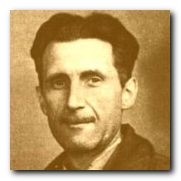 George Orwell (real name, Eric Blair) is renowned as a master of plain English prose style. He went out of his way to make himself understood to as many people as possible. He wrote in a very political era – the 1930s and 1940s. It’s hardly surprising that much of his work is written in support of democratic causes and as a warning against any form of totalitarianism, whether from the left or right. He started as a novelist of lower middle-class misery in the tradition of George Gissing, found a new strength in his reportages from working life and the Spanish Civil War, and ended his short life with two rather un-English books which have become classics of the political novel. he was not a great writer of the first rank, but a very decent man with a gift for clear expression and a desire to tell the truth and expose the fake. Martin Seymour Smith sums him up admirably by saying “he was a master of lucidity, of saying what he meant, of exposing the falsity of what he called double-think”
George Orwell (real name, Eric Blair) is renowned as a master of plain English prose style. He went out of his way to make himself understood to as many people as possible. He wrote in a very political era – the 1930s and 1940s. It’s hardly surprising that much of his work is written in support of democratic causes and as a warning against any form of totalitarianism, whether from the left or right. He started as a novelist of lower middle-class misery in the tradition of George Gissing, found a new strength in his reportages from working life and the Spanish Civil War, and ended his short life with two rather un-English books which have become classics of the political novel. he was not a great writer of the first rank, but a very decent man with a gift for clear expression and a desire to tell the truth and expose the fake. Martin Seymour Smith sums him up admirably by saying “he was a master of lucidity, of saying what he meant, of exposing the falsity of what he called double-think”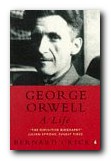
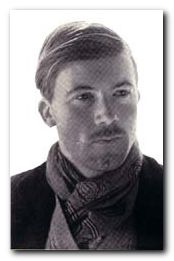 Gerald Brenan (1894-1987) was born in Malta, the son of an English army officer. After spending some of his childhood in South Africa and India, he grew up in an isolated Cotswold village. He studied at Radley College and then the military academy at Sandhurst. Travel and adventure were to be his way of life, and at sixteen he ran away from home. His aim was to reach Central Asia but the outbreak of the Balkan War and shortage of money caused him to return to England. He studied to enter the Indian Police (as did his near-contemporary
Gerald Brenan (1894-1987) was born in Malta, the son of an English army officer. After spending some of his childhood in South Africa and India, he grew up in an isolated Cotswold village. He studied at Radley College and then the military academy at Sandhurst. Travel and adventure were to be his way of life, and at sixteen he ran away from home. His aim was to reach Central Asia but the outbreak of the Balkan War and shortage of money caused him to return to England. He studied to enter the Indian Police (as did his near-contemporary 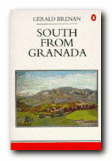 South from Granada
South from Granada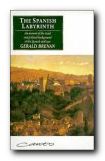 The Spanish Labyrinth
The Spanish Labyrinth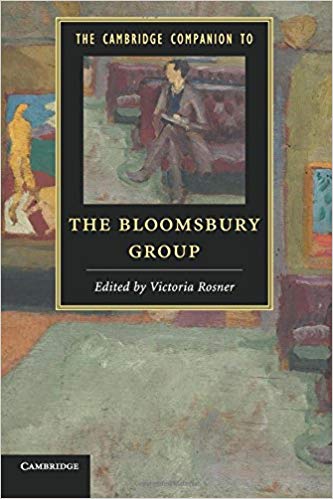
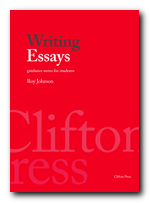
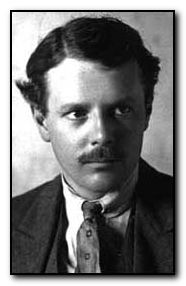 Harold Nicolson (1886-1968) was born into an upper middle-class family in Tehran, where his father (Lord Carnock) was the British ambassador to Persia. as it then was. He was educated at Wellington College then Balliol College Oxford, where he graduated with a third-class degree. He entered the diplomatic service in 1908 and was posted to Constantinople where he became a specialist in Balkan affairs. In 1910 he met
Harold Nicolson (1886-1968) was born into an upper middle-class family in Tehran, where his father (Lord Carnock) was the British ambassador to Persia. as it then was. He was educated at Wellington College then Balliol College Oxford, where he graduated with a third-class degree. He entered the diplomatic service in 1908 and was posted to Constantinople where he became a specialist in Balkan affairs. In 1910 he met 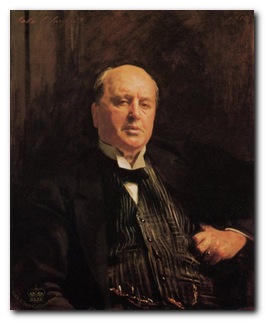
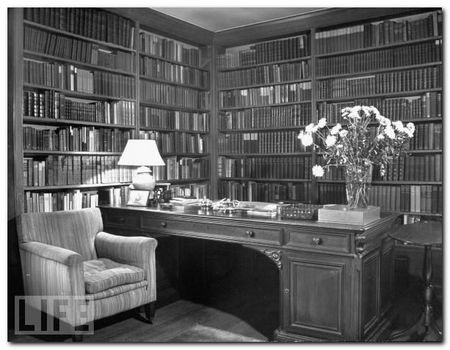
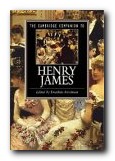 The Cambridge Companion to Henry James
The Cambridge Companion to Henry James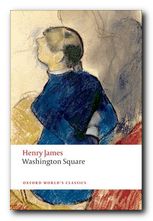 Washington Square
Washington Square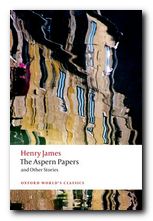 The Aspern Papers
The Aspern Papers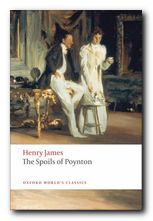 The Spoils of Poynton
The Spoils of Poynton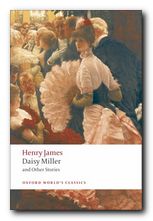 Daisy Miller
Daisy Miller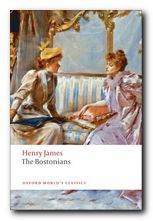 The Bostonians
The Bostonians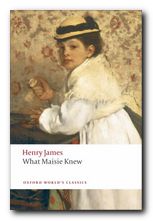 What Maisie Knew
What Maisie Knew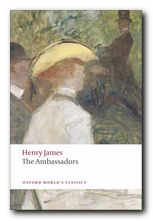 The Ambassadors
The Ambassadors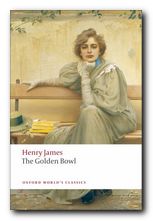 The Golden Bowl
The Golden Bowl The Cambridge Companion to Henry James is intended to provide a critical introduction to James’ work. Throughout the major critical shifts of the past fifty years, and despite suspicions of the traditional high literary culture that was James’ milieu, as a writer he has retained a powerful hold on readers and critics alike. All the essays in this compilation are written at a level free from technical jargon, designed to promote accessibility to the study of James and his work.
The Cambridge Companion to Henry James is intended to provide a critical introduction to James’ work. Throughout the major critical shifts of the past fifty years, and despite suspicions of the traditional high literary culture that was James’ milieu, as a writer he has retained a powerful hold on readers and critics alike. All the essays in this compilation are written at a level free from technical jargon, designed to promote accessibility to the study of James and his work.